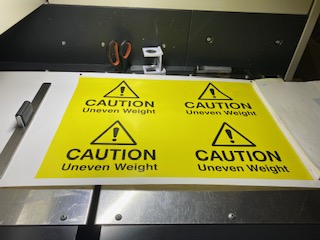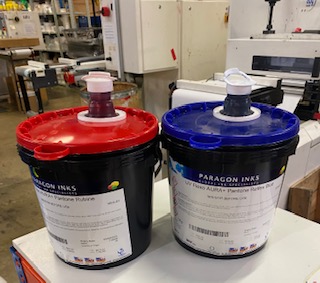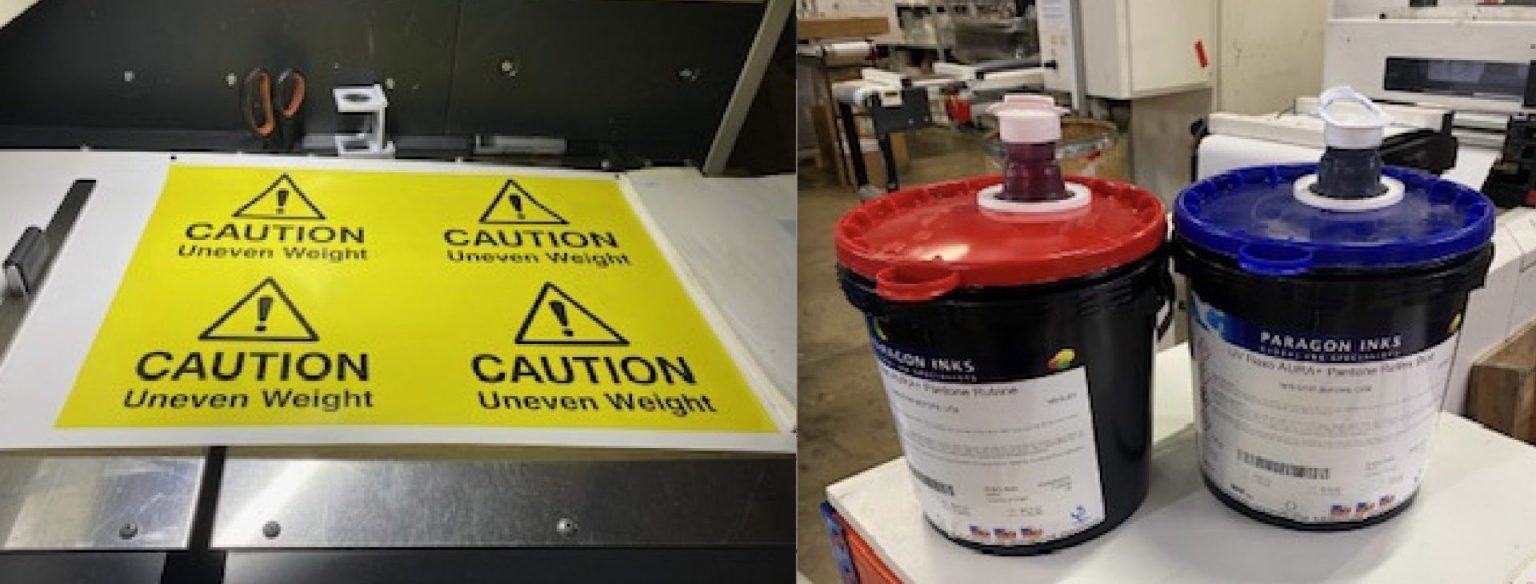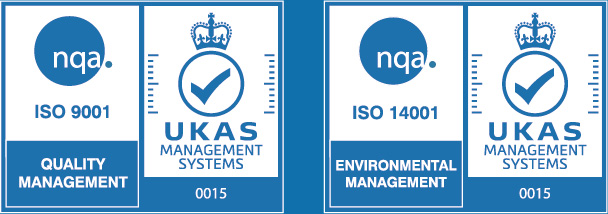With so much jargon flying around the printing industry, it can be hard to know what’s actually possible! In this article, we’ll be breaking down two common printing techniques, namely digital printing and flexographic or “flexo” printing. Both offer exciting possibilities for labelling, but each have their strengths, weaknesses, and ideal use cases.
At PeterLynn, we will guide you through this process with a thorough consultation to inform you of the best approach depending on your business needs. But for some light reading we’d also love to share some context on the two techniques so you can easily distinguish which one might be best suited to your products or needs.
What is digital printing?
Modern digital printing is the process of printing digital-based images directly onto the material your label is made from (also known as a substrate), with no need for a printing plate. It has some seriously impressive advantages, which include:
- Excellent resolution and picture-perfect print quality, with vibrant colours through inkjet printing
- Flexibility to change/amend designs quickly and easily
- Different label designs can be batched together to create larger more economical orders
- It can accommodate variable & sequential data printing — this means you can switch up text, graphics, and images
- Minimum order quantities are low
- It has fast lead times (approximately 5 working days to delivery)
- Toner-based digital printing is safe for use on food packaging labels
- Various finishes are possible including hot foiling, gloss & matt UV & TT varnish, rough feel varnish, bespoke spot varnishes etc.
- Perforated labels are easily implemented too
The cons of digital printing are that it is less economical vs. Flexo when printing very high volumes of a single-label design, and the Pantone (colour) conversion to CMYK requires colour matching and testing prior to printing.


Next up, let’s discuss what flexographic printing is. Flexo is an old school printing process which utilises a flexible relief plate. It is effectively the next evolution from the letterpress, which has been evolved with high-speed rotary functionality.
Like digital printing, Flexo can also be used for printing on almost any type of substrate, including plastic, metallic films, and paper. It allows for fast, cost-efficient, high-quality label printing for a variety of mass-produced goods.
Now that you understand what exactly it is, let’s cover what its pros are!
- It is typically the cheapest option for large run orders due to the speed of machines
- It has the ability to match exact Pantone colours
- It has large quantity sheeting capability including A4 sheets
- It is easy to run both plain and printed labels
- Perforated labels are easy to execute
How about some cons? Here are things to be aware of when it comes to flexographic printing.
- It has a longer set-up time, which means shorter runs are expensive
- It requires longer lead times vs. digital printing (7-10 working days)
- There is no flexibility to change designs, as each design change requiring its own plates — that means if you have a large number of different designs, then Flexo costs can add up fast!
In summary, if flexibility is what you’re after then (ironically) Flexo printing will not be as well suited to your needs as digital printing. However, it is a very cost-effective option for big print runs so if a monster order of a single label design is what you’re after, then Flexo remains a a strong contender.
Digital printing on the other hand is brilliant for high quality fast turnarounds, and is great to batch different orders together and/or include variable data on your labels.
Whichever option you choose, our team would love to be of service. At PeterLynn, we pride ourselves on world-class customer support and our team will guide you through any printing needs you have!
With over 25 years of label manufacturing experience, we are a leading UK provider of custom-printed labels. We’d love to discuss your specific needs so please get in touch today.

